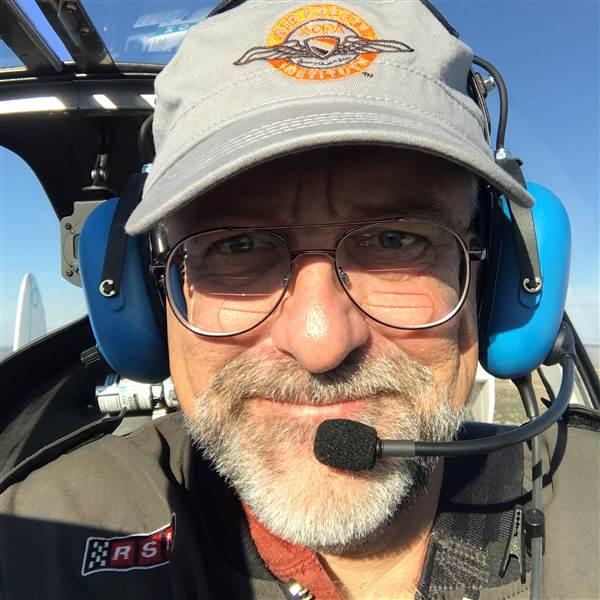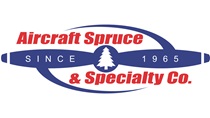Training and Safety Tip: Pick your pitch
In aviation, you can know something for decades before—one day—you suddenly “get it.” That happened to me recently with constant-speed propellers, which are variable-pitch props that can be controlled by the pilot.
These propellers are part of the FAA definition of a complex airplane. You know if you have one at your disposal if you find between the black throttle knob (or lever) and the red mixture knob (or lever) a third control. If that knob is blue, then you have yourself a constant-speed propeller.
These props also self-adjust in flight to maintain the desired efficiency regardless of climb angle, so the name “constant-speed” never made much sense to me. What’s constant about something you can change on a whim, and that is capable of adjusting itself?
But thanks to a recent aerobatics lesson, I finally get it.
In airplanes with fixed-pitch propellers, aerobatic maneuvers require adjusting the throttle almost as frequently as stick and rudder. With the propeller pitch fixed, throttle inputs during aerobatic maneuvers provide the energy for vertical climbs and protect the engine from overspeed on the way back down.
But with a constant-speed propeller, you set the throttle and the propeller controls and go. The engine will never overspeed, even in a vertical dive, thanks to the propeller governor adjusting the blade pitch angle as the aircraft maneuvers. The system keeps the engine spinning at the same speed throughout the twists and turns. The changing pitch of the blades happens automatically in response to the ever-changing forces acting on the propeller.
Pulling out of a loop—having not touched the throttle throughout the maneuver—I suddenly got it: The prop is moving all the time, pitching coarse to fine in response to the changing aerodynamic forces and loads the aircraft is subject to—but the speed at which it rotates, and therefore the speed of the crankshaft and engine, stays the same. Stays constant.
Now I get it.




